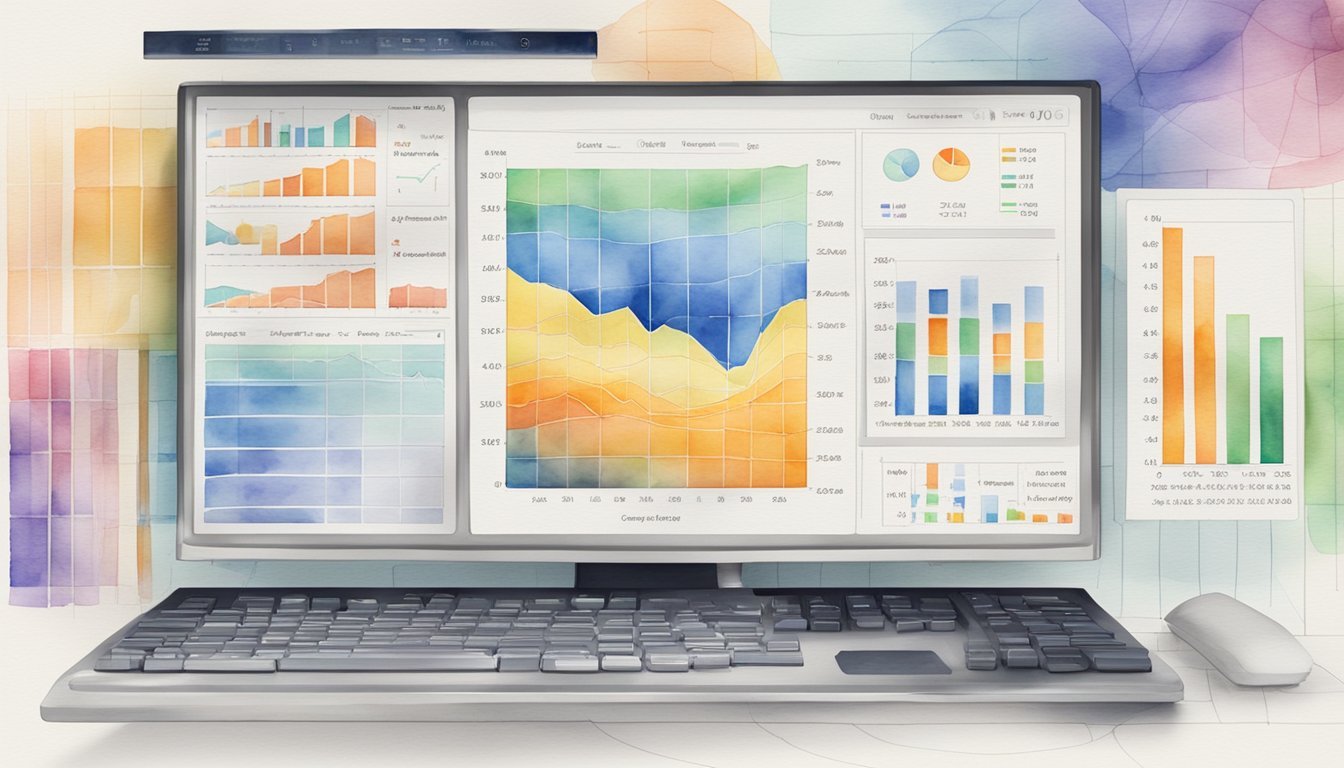Fundamentals of Statistics
Statistics form the backbone of data interpretation, enabling informed decisions in various fields, including public health. They aid in understanding the complex interplay between data points and the broader implications they hold.
Understanding Data and Its Importance
Data is the cornerstone of statistical analysis. It represents quantified observations and measurements relevant to a particular question or problem. Effective data analysis depends on understanding both the data’s source and context. For instance, during the COVID-19 pandemic, the collection and analysis of data on infection rates, hospitalizations, and mortality were crucial in shaping public health responses. The rigorous analysis of this data has guided policy decisions and helped to navigate the challenges posed by the pandemic.
The Role of Statistics in Public Health
In public health, statistical methods are imperative for designing and analyzing vaccine trials, controlling the spread of diseases, and improving health outcomes. During a vaccine trial, statistics are used to ensure the validity and integrity of the results. By comparing vaccinated and unvaccinated groups, statisticians can identify the effectiveness and potential side effects of the vaccines. With the advent of big data and artificial intelligence, machine learning algorithms are also being integrated into the statistical realm, refining predictions and enabling the personalization of treatment strategies. These mathematical models can analyze vast datasets more efficiently than traditional methods, revealing patterns that can lead to breakthroughs in disease prevention and control across the United States.
Advanced Statistical Applications

In the realm of advanced statistical applications, there is a rich interplay between innovative machine learning techniques, the pressing need for societal improvement, and policy-making decisions grounded in quantitative analysis. These applications are not just theoretical but have real-world impacts, influencing diverse fields such as climate change, engineering, and social justice.
Machine Learning and Statistical Inference
Machine learning algorithms have become a cornerstone of statistical inference, empowering researchers to analyze large datasets and make estimations with greater precision. The integration of hypothesis testing and machine learning continues to refine the estimation of effect sizes and manage uncertainty in predictions. Recent studies in Statistical Science reflect this trend, demonstrating the application of complex algorithms to draw more reliable inferences from data.
Statistics in Societal Progress
Statistics serve as a pivotal tool in measuring societal progress; they have the power to highlight issues of diversity and justice. Through rigorous data analysis, statistics help identify areas where progress is being made or where more efforts are needed. Especially pertinent is the work of the American Statistical Association which continues to drive important discussions on these topics.
Quantitative Measures in Public Policy
Policy decisions often lean on quantitative measures to address critical issues like climate change. Through estimation and hypothesis testing, statisticians provide policymakers with a clearer picture of the effect size of environmental policies. This is detailed in the Journal of the American Statistical Association, where the complex relationship between policy decisions, mathematics, and statistics is empirically analyzed, offering a rich resource for experts and policymakers alike.

